“Extraordinary company cultures don’t happen by accident,” states Fig CEO, Kavon Saber.
 SO HOW DO THEY HAPPEN? Do organizations have the perfect people magically arrive for interviews? Do they shower their employees with extravagant gifts daily? What makes their company culture SO extraordinary? Successful organizational cultures are crafted by DESIGN. I know what you’re thinking… “Design? How does that work?!” We delve into the “how” here, but more importantly, once you design that culture, how do you keep it going strong?
SO HOW DO THEY HAPPEN? Do organizations have the perfect people magically arrive for interviews? Do they shower their employees with extravagant gifts daily? What makes their company culture SO extraordinary? Successful organizational cultures are crafted by DESIGN. I know what you’re thinking… “Design? How does that work?!” We delve into the “how” here, but more importantly, once you design that culture, how do you keep it going strong?
Although successful cultures evolve over time as organizations mature, they are guided by steadfast standards, values and purpose. To reinforce how you prioritize and value your standards, while strengthening your brand, make them the foundation of your:
- Job Descriptions
- Interviewing protocol
- Performance reviews
Here are three effective strategies to keep your culture thriving:
1. Job descriptions
During the solicitation process, share your organization’s values in the description of the role you are seeking to fill. This means that while you are searching for new people to join your organization, be up front about your expectations as they relate to values and behaviors. People who share the same will naturally migrate to your position solicitations. For those who fear that simply adding like-minded people will stifle the organization, keep in mind that individuality can still be encouraged and safeguarded at the same time that your organization’s brand is strengthened.
Stating values and cultural standard expectations in job descriptions will also support adherence throughout the tenure of the employee—provided that the behaviors are modeled, reinforced and held accountable.
2. Interview protocol
Interview topics should not only focus on skills and job experience. Assuming the concept that whole is greater than the sum of its parts, each individual that enters your organization should contribute to the whole in a way that is greater than simply adding their skill set to the mix. Seek people who will share your values, exceed your standards and fulfill your purpose. During the selection process, utilize behavioral interview questions that get to the heart of these foundational values. Additionally, allow multiple people in the organization—especially his or her potential team to get a feel of whether they could collaborate harmoniously. Doing this will help identify whether the interviewee naturally has the values that you are seeking, and how well he/she complements your organization’s current staff.
Eric Shiffer, owner of CEA Business Solutions in Montgomery, AL, says that he sets aside a good portion of the interview for the person to interact with current staff. "I will introduce them and then leave the room for 15-20 minutes or so.” It’s not only an opportunity for employees to evaluate a prospective co-worker, but a chance for the candidate to ask questions about the owner’s management style. “If the staff noted some things that I did not see and they were really against hiring the person, no matter how much I like them I would not hire them,” says Shiffer.
3. Performance reviews
Design your performance review documentation and reward/compensation systems to align with your organizations stated values, standards and purpose. It is generally agreed that what gets measured gets done and in this case, simply stating your values will not help an organizational culture thrive.
“Demonstrate to team members that your values and culture matter by evaluating how well each team member has exhibited your foundation values,” states Kevon Saber, CEO of Fig.
Skills and tasks will be role specific while values, standards and purpose will remain constant across departments when they are measured via performance reviews enterprise-wide.
Step 1: Learn more about Service Culture
Step 2: Interested in designing your service culture? Start HERE!
Step 3: Already have a thriving service culture? Contact us today for reinforcement help!





